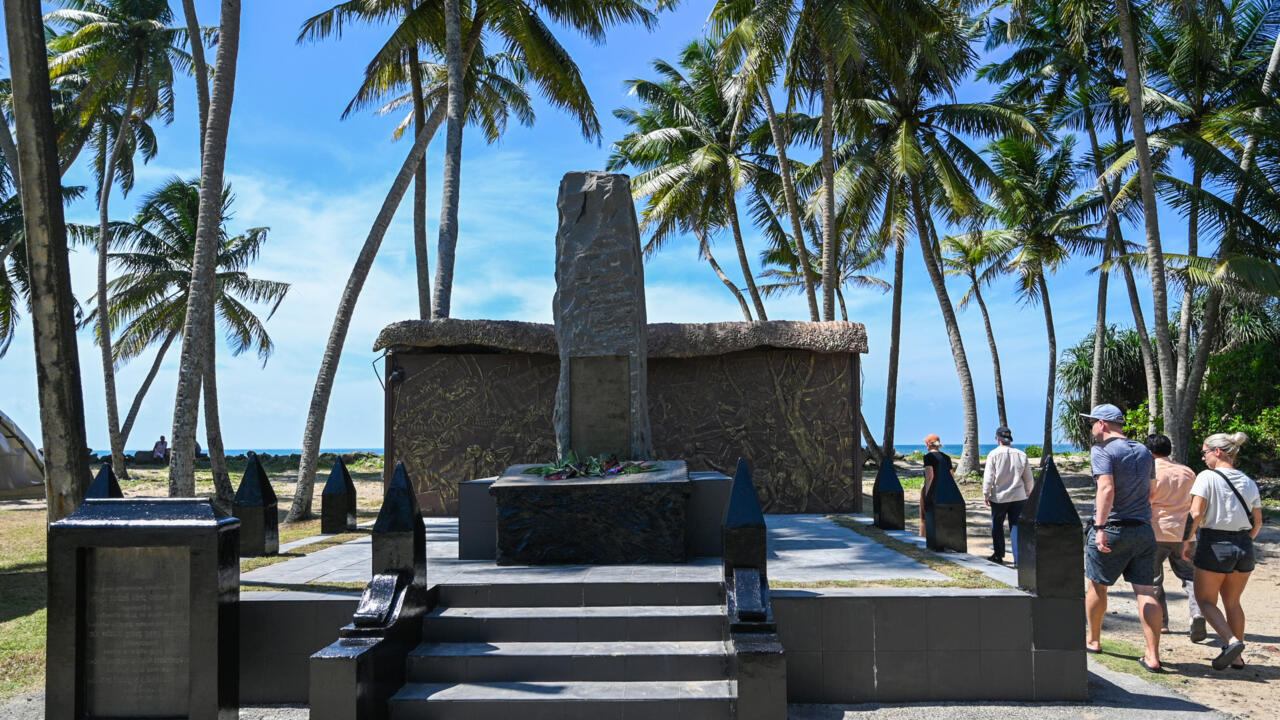Victims of waves as high as 30 metres (98 feet) included many foreign tourists celebrating Christmas on the region’s sun-kissed beaches, bringing the tragedy into homes around the globe.
The seabed being ripped open pushed waves at double the speed of a bullet train, crossing the Indian Ocean within hours.
A total of 226,408 people died as a result of the tsunami, according to EM-DAT, a recognised global disaster database.
There was no warning of the impending tsunami, giving little time for evacuation, despite the hours-long gaps between the waves striking different continents.
But today a sophisticated network of monitoring stations has cut down warning times.
Candlelight, train vigils
Indonesia suffered the highest death toll, with more than 160,000 people killed along its western coast.
“I hope we will never experience that ever again,” said Nilawati, a 60-year-old Indonesian housewife who lost her son and mother in the tragedy and was attending Thursday’s ceremonies.
“I learned the devastation of losing a child, a grief I can’t explain with words. It feels like it just happened yesterday. Whenever I am reminded of it, it feels like all the blood rushes out of my body.”





